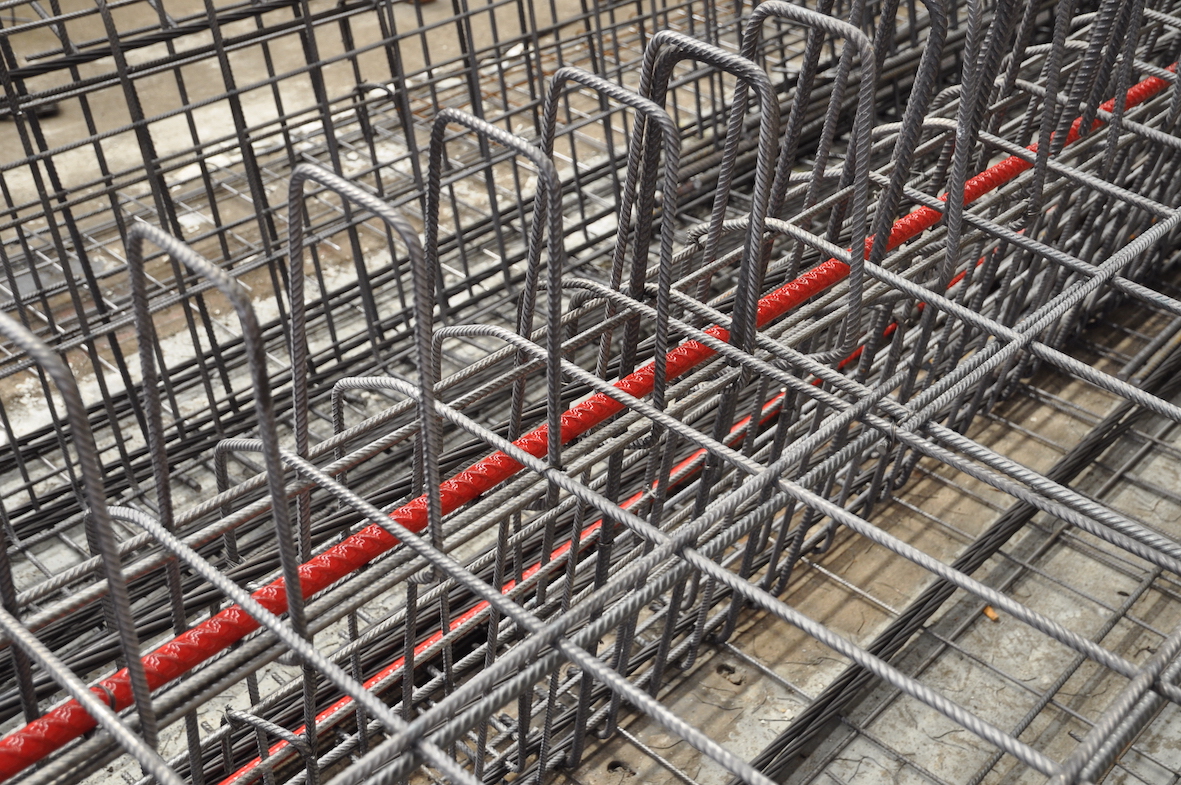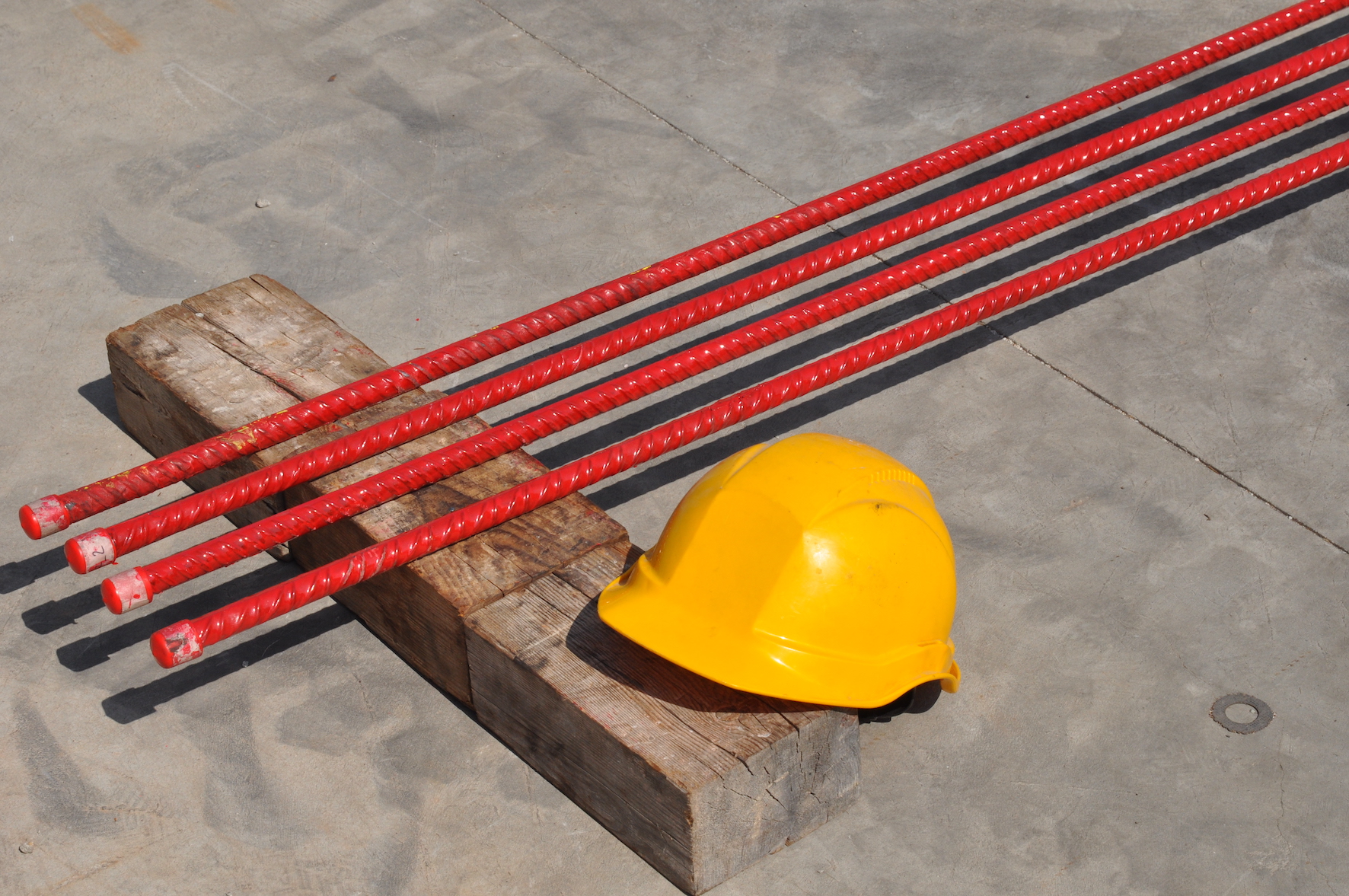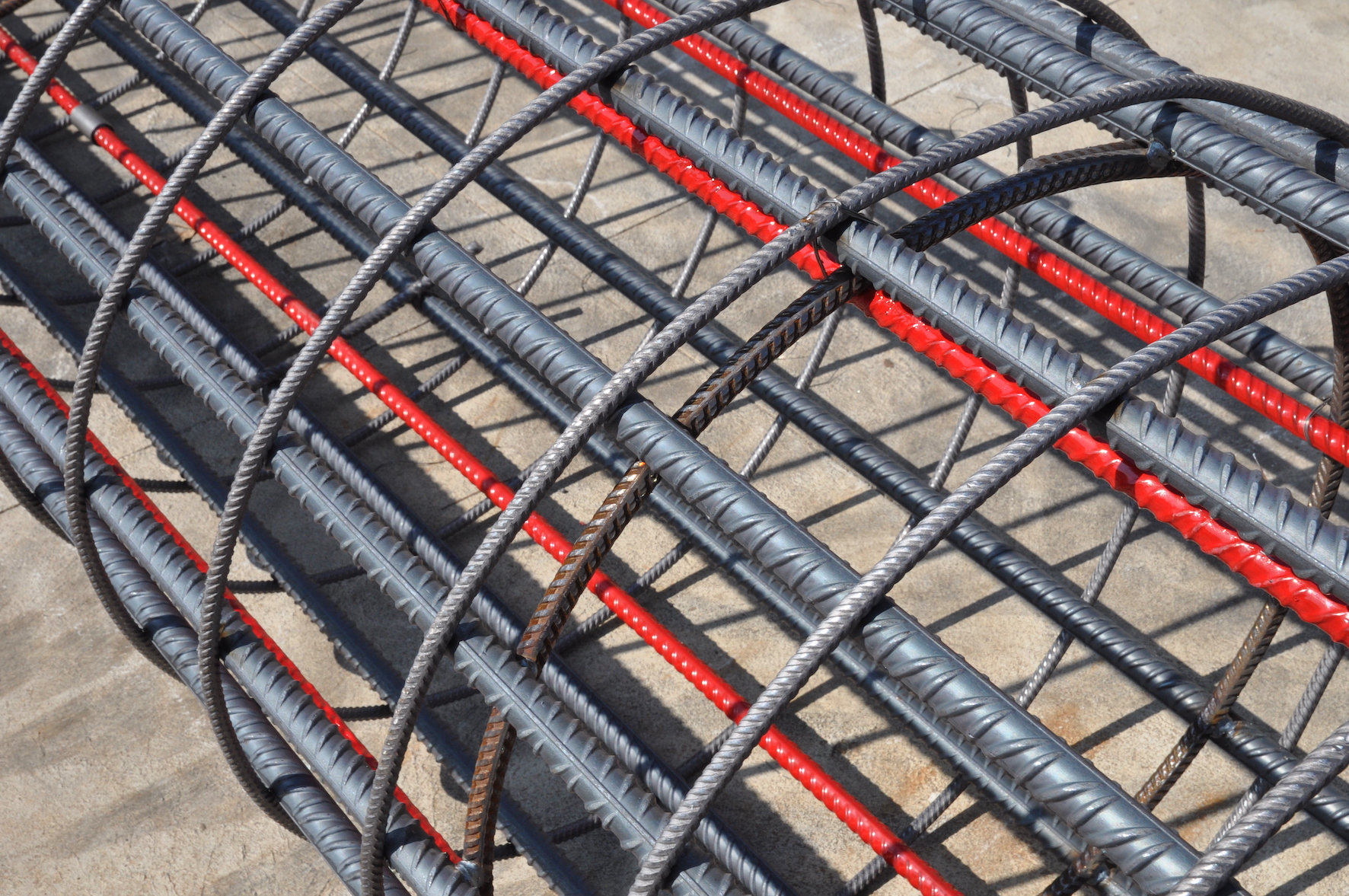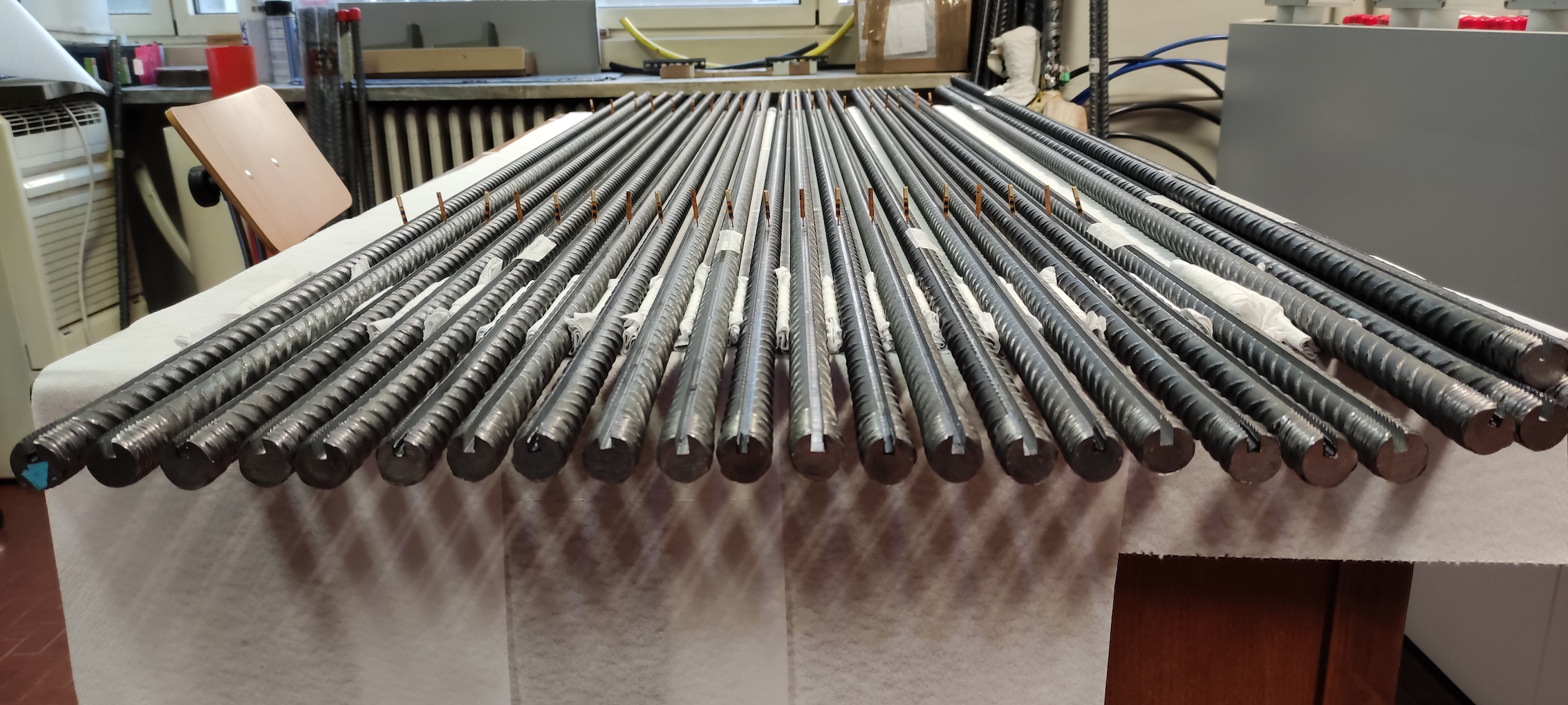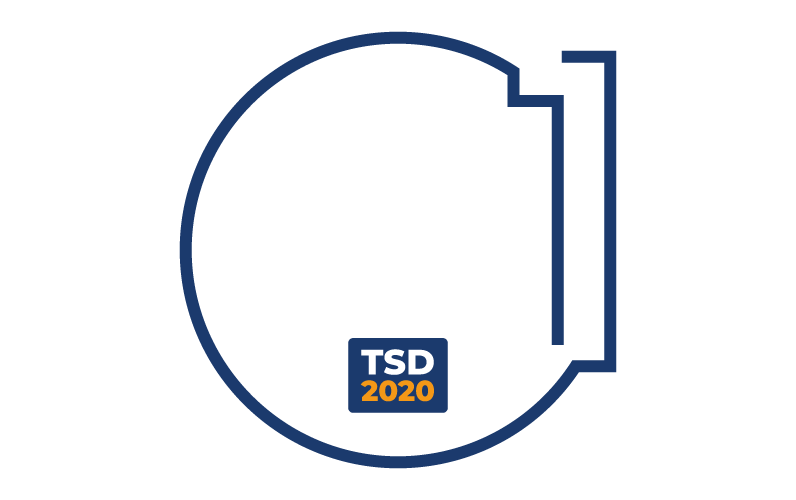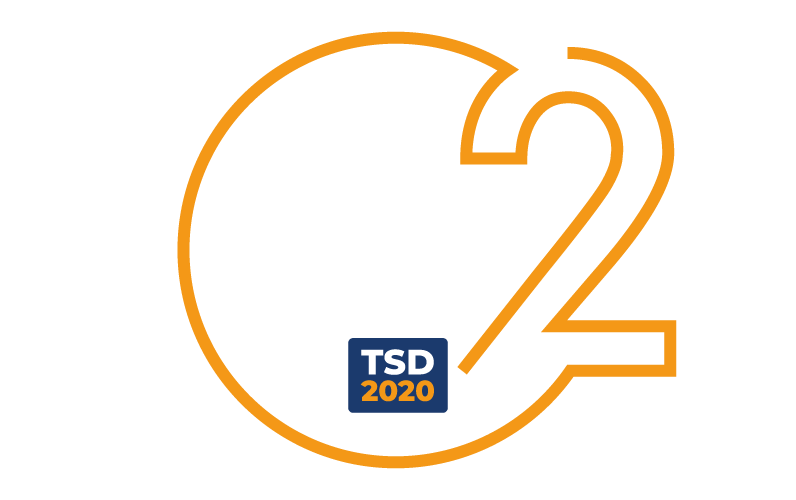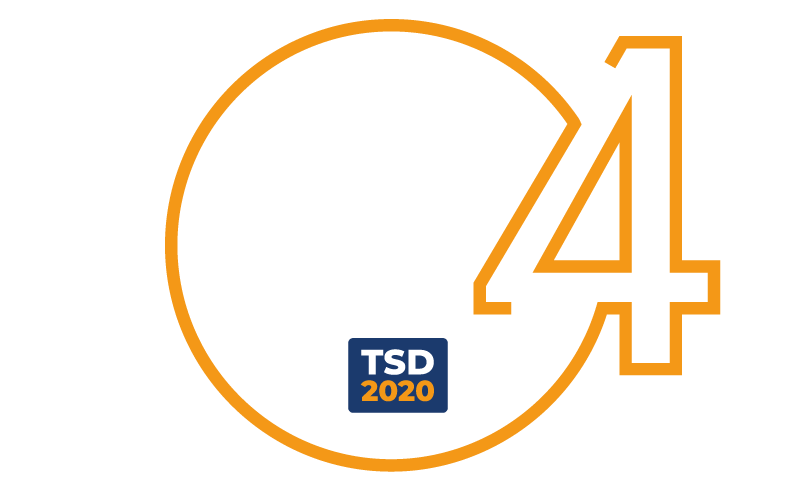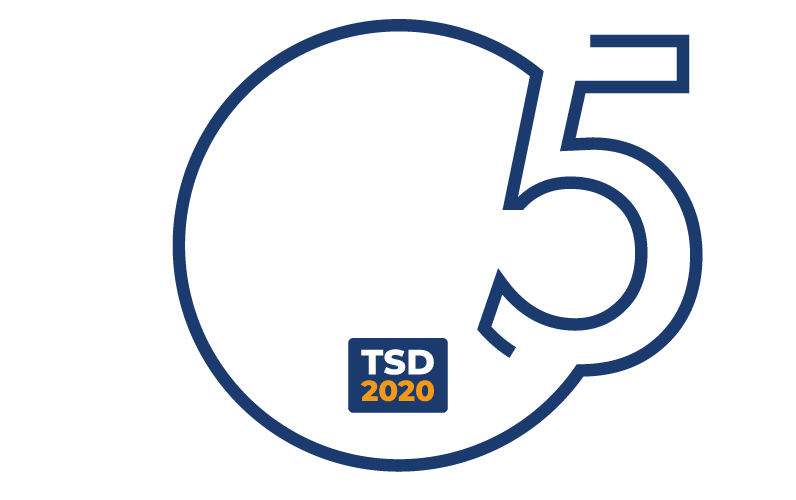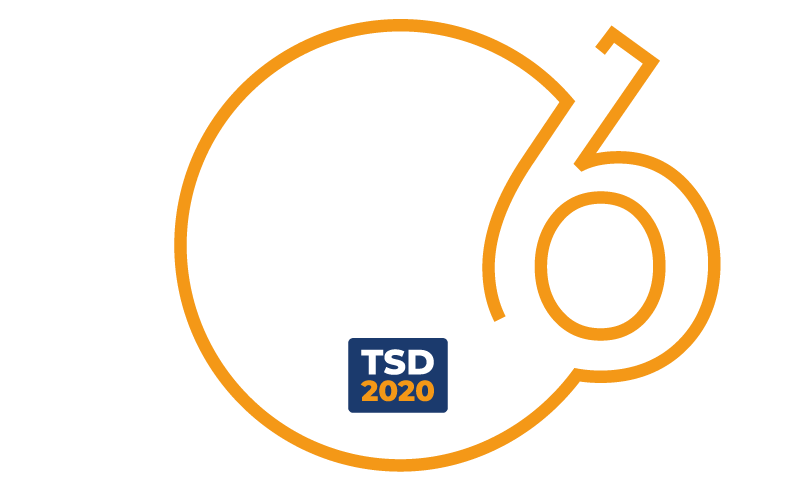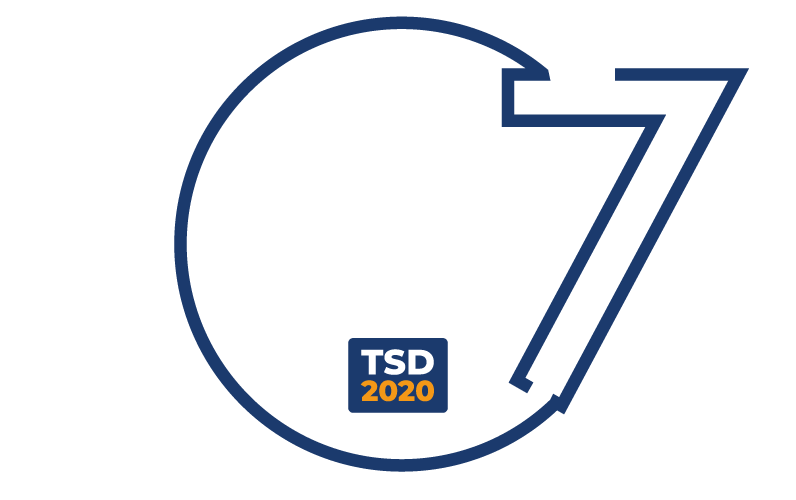The recent two decades have been demonstrated that the structural health monitoring can give precious data on loads, environmental effects, performance and residual structural conditions without scale and model errors. These data are of extreme importance to validate the design assumptions and theoretical/numerical models, other than for complex structural behavior for the evaluation of structural condition after an extreme event (earthquakes, impacts, fire,….), for condition evaluation during service and for the management of the structure: data from monitoring are used for structural control and for decision making even in case of emergency. The awareness of the importance of monitoring has been obtained through ordinary devices that are not suitable for a variety of applications for civil structures due to their cost and a limited integration capacity with other systems currently used in construction sector. With the present device it will be possible to overcome current limits of traditional devices for a safer structural and infrastructural heritage.






